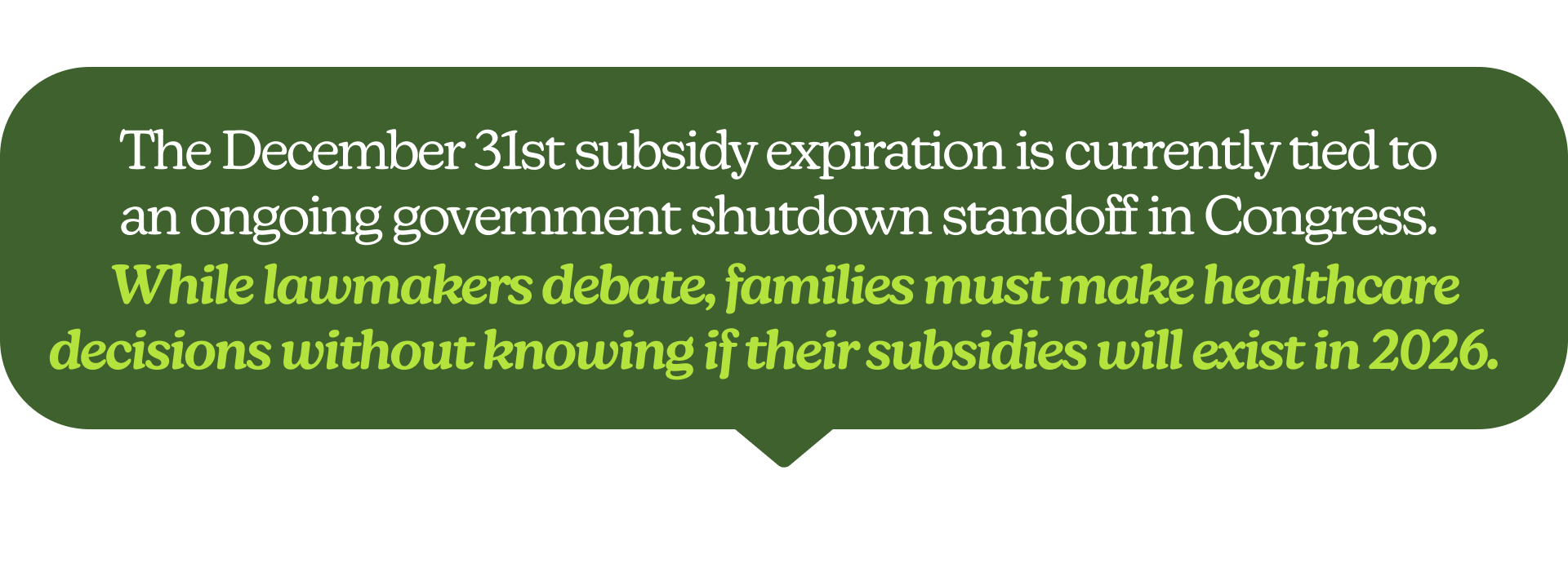Twenty-four million Americans are about to lose access to affordable healthcare, not because of a change in circumstance, but because the system is pricing them out entirely. For many, this open enrollment period is no longer about choosing between plans. It’s about choosing between survival and surrender.
Maybe you’ve already felt it: that stomach-drop moment when you logged into your benefits portal and saw the numbers for 2026. The premium you could barely afford last year has more than doubled. Copays for office visits and essential medications are now beyond reach. Or the deductible is so high that you’ll be paying out-of-pocket for everything anyway. You double-check the numbers, hoping it’s a mistake. It’s not.
If you’re feeling overwhelmed, frustrated, or downright scared, those feelings are valid, and you’re definitely not alone. Millions of Americans are trying to reconcile the same impossible math. And while we can’t fix a broken healthcare system, we can help you understand your options so you can make the best decision for you and your family.
Here’s what’s actually happening—and more importantly, what you can do about it right now.





